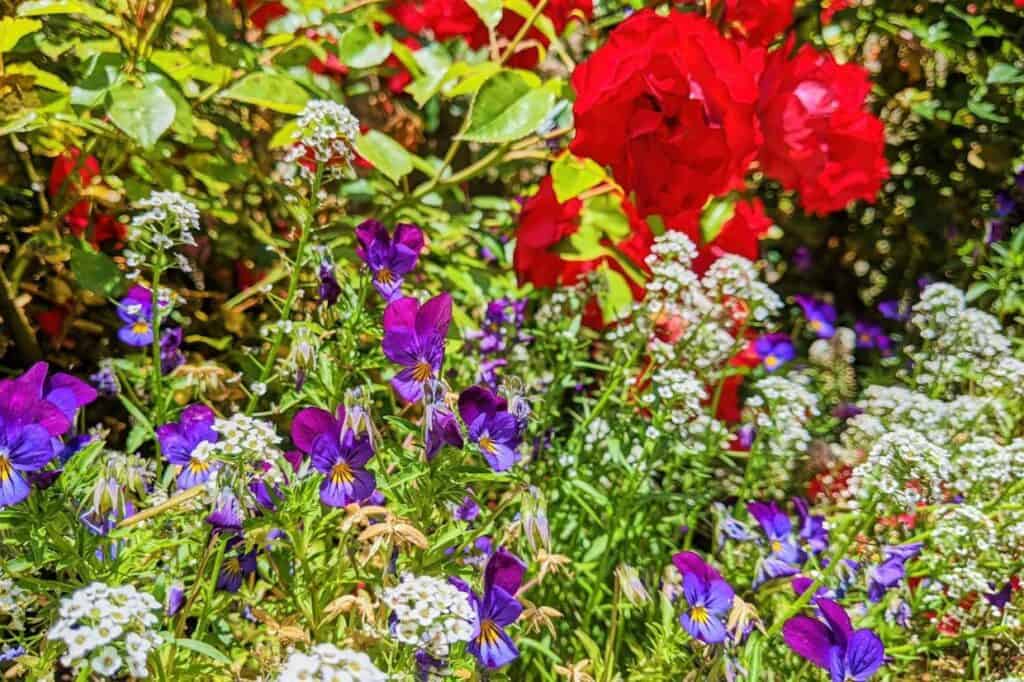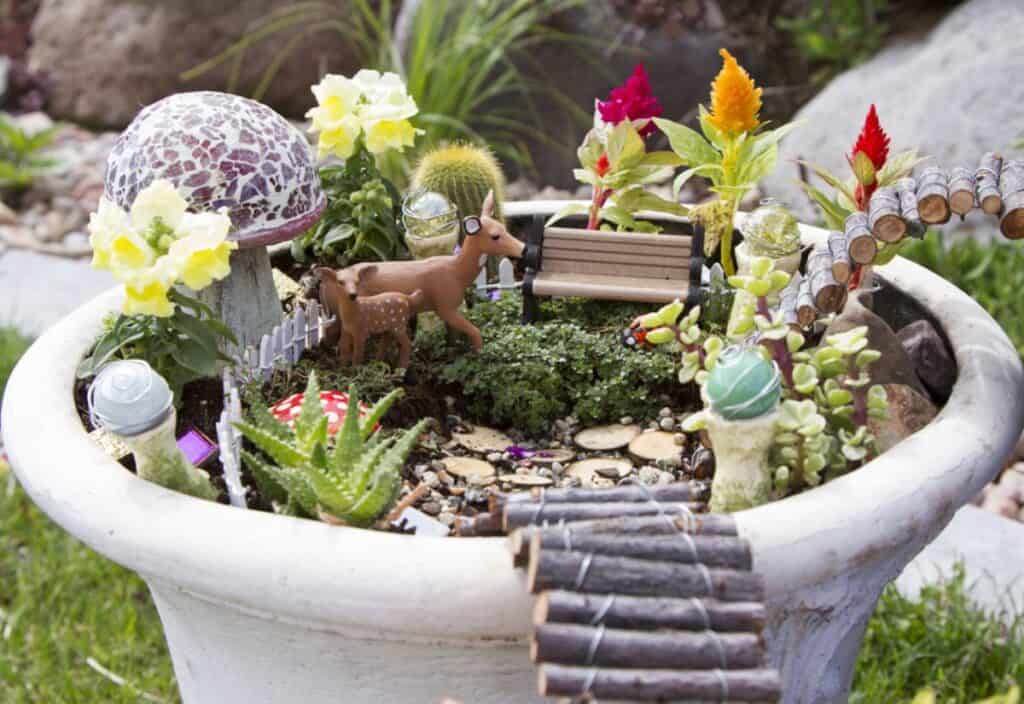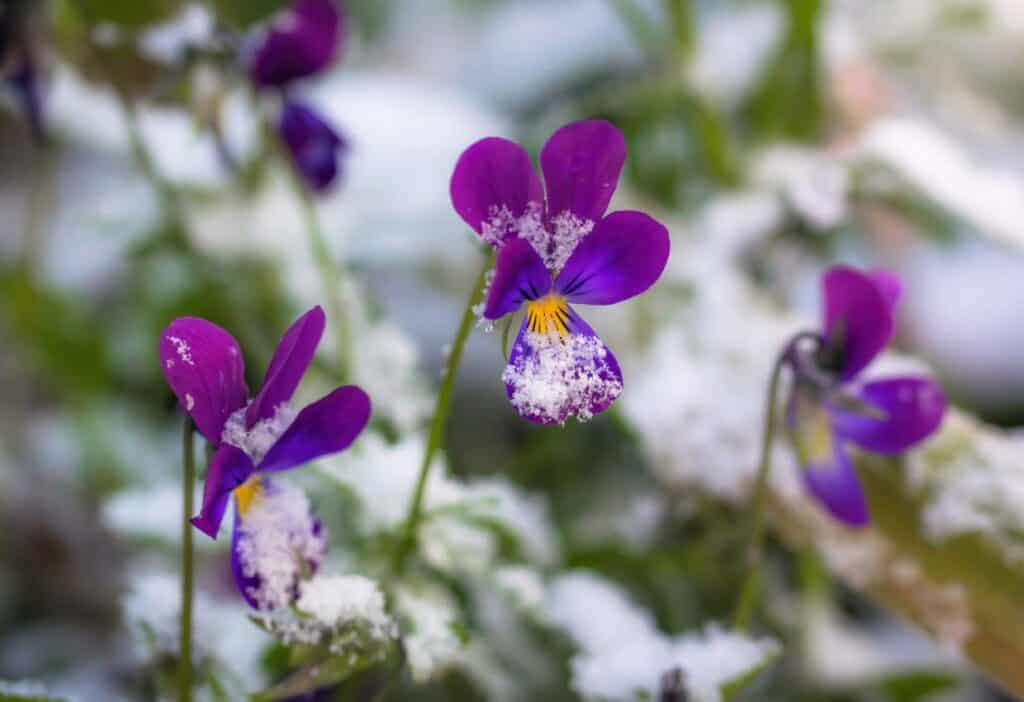It happens to all gardeners at some point in their growing careers: you spend the money, plant lots of blooming annuals, enjoy some blooms and then boom, no more flowers. Why does this happen?

The answer is simple: you need to deadhead your annuals. It’s a crucial part of gardening, along with watering, feeding and enjoying your flowers. Understanding this process is key to a garden full of blooms.
Interested in learning more? Keep reading to find out which plants to deadhead, when to do it, the best method and more. Let’s keep that beautiful garden you worked so hard in tip-top shape and blooming beautifully as long as possible.
That flower garden
Gardens are not cheap, and they can get spendy quickly. You need soil, seeds, plants, planters, fertilizer and more, and that adds up. Don’t forget to factor in your time and labor when thinking of the price of your garden.
It makes sense that you want to keep it in tip-top shape. When your flowers bloom, you need to care for them beyond simply watering and feeding.
Dead flowers must be regularly pinched off right behind the blossom; this is called deadheading. Be sure to pinch the flower off behind any possible seed pod, but not too far back, or you could pinch off more buds that could open up as fresh new flowers.

Why deadhead annuals
The entire existence of most annuals is to produce seeds, procreation, if you will. Once a flower blooms, it should begin to set seeds. When it begins to set seeds in that dead flower or directly behind it, it will think its life’s goal has been achieved.
That’s when it will stop blooming. You can force it to keep flowering by never letting it set seed. So pinch off faded dead flowers, and you’ll see new, fresh blooms quickly.
“Deadheading annuals sometimes feels like a chore, but it’s totally worth it. Even though it can be time-consuming, I get the reward of extra blooms that make my garden look pretty all season long.”
— Jere’ Cassidy, One Hot Oven

Which annuals do you deadhead?
Most annuals benefit from deadheading. If you have something specific, it’s best to ask a master gardener or look up that specific plant, like a zucchini, before nipping off the flowers. Here are a few common plants you should deadhead: pansies, nasturtiums, cosmos, marigolds, zinnias and petunias.
Oftentimes, biennials will also benefit from deadheading. Some perennial plants do as well, like roses.
Typically, vegetables don’t need to be deadheaded. Wildflowers or weeds don’t require it, either.
When to deadhead
As soon as flowers start to fade on your annual plants, it’s a good time to start pinching them off. It can feel cruel and may look ugly at first, but once the plant figures out it needs to keep blooming, it will continue to make more buds.
You can deadhead annuals all summer or all growing season long as long as the plant is healthy and thriving. If it dries out or gets sick, it may struggle to keep producing.
Once the growing season starts to wind down, you’ll notice a distinct lack of growth as the plants start to understand that the season is close to being over. You can let them set seed if that interests you and let them die off naturally. It seems fitting almost to allow a plant to reach its procreation goal.
Maintaining a blooming garden takes effort, but the results are rewarding. By regularly deadheading your annuals, you ensure continuous flowers throughout the growing season. This simple task of pinching off spent flowers prevents the plants from setting seed, encouraging more blooms.
Laura Sampson of Little House Big Alaska is on a mission to teach modern family-oriented home cooks how to make old-fashioned foods new again. She shares her passion for home cooking, backyard gardening and homesteading on her website and blog.